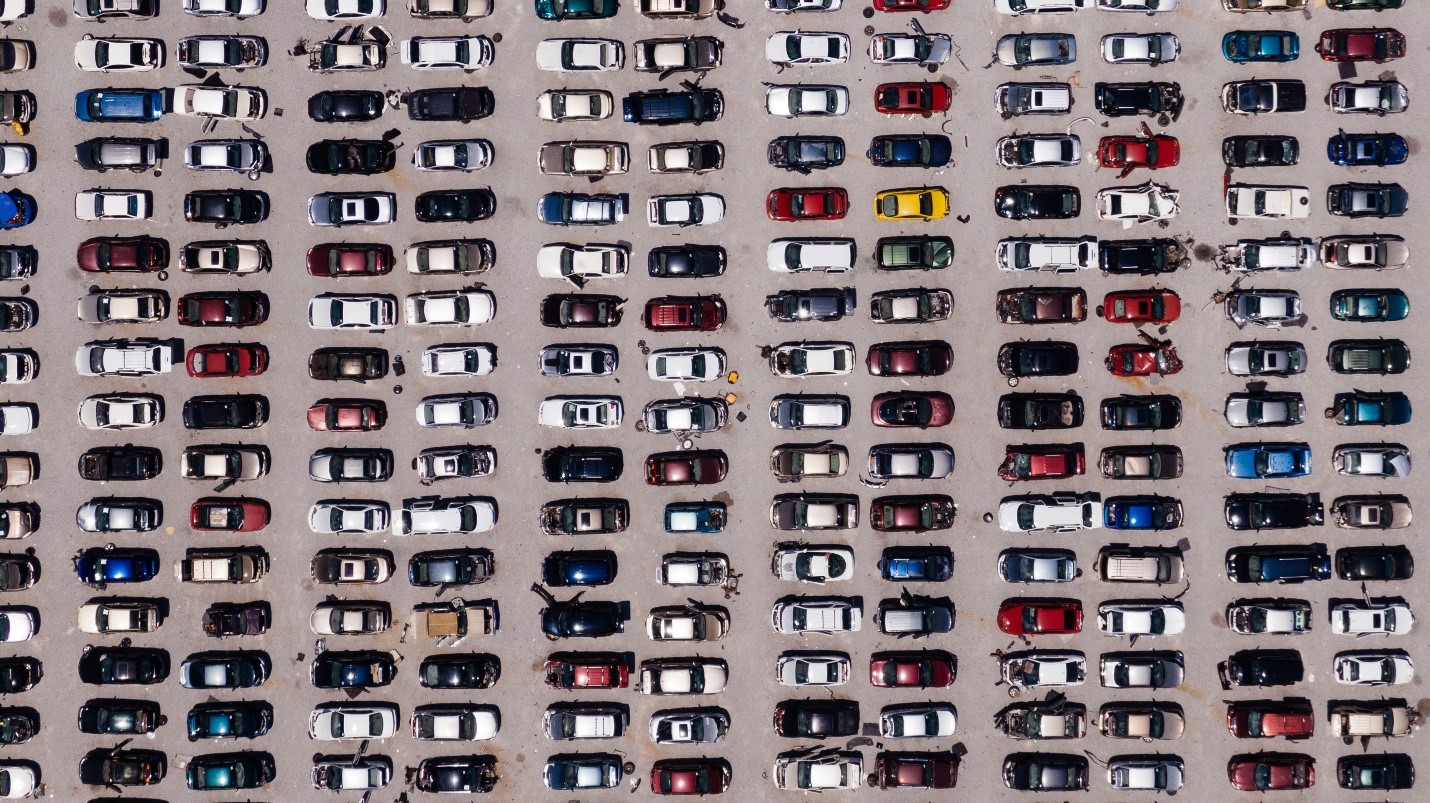Vehicle Standardisation v Chaos
At Fleet Advisory it’s pretty common to get a call from all sorts of organisations wanting some help to bring their fleet under control. Whether it’s a result of increasing costs, the administration burden, a lack of any policies/procedures……or just the realisation that there must be a better way of doing things!
When reflecting recently on the most common ways organisations get ‘off track’ in managing their fleets, there was a lot to consider but Vehicle Standardisation or more correctly a lack of it stands out as a major factor.
Where chaos reigns you will often find a vast range of vehicles as one of the reasons for a lack of control.

Vehicle Standardisation
So, what’s it all about? The concept of standardisation is of course nothing new – when applied to your fleet vehicle and/or plant assets it’s about limiting the number of variations you have in each asset class.
In doing so, you increase efficiency, create a capacity to save money and mitigate your risks.
As an example, we often see fleets with Passenger & Light Commercial Vehicles that have a multitude of different vehicle models in each category. Sometimes vehicles that perform the same task and are the same type of vehicle (such as a Compact SUV) have been purchased from several different Manufacturers.
This tends to present numerous problems:
1: Cost Control – how do you go about understanding and managing the costs of a wide range of vehicles? There is routine servicing, maintenance and repairs, fuel, depreciation etc.
2: Administration Burden – are you arranging vehicle servicing at multiple service outlets, setting up and paying multiple suppliers?
3: Risk Management – is each vehicle ‘fit for purpose’ for the intended role, providing a safe workplace for your employees? Do they all have the maximum Safety Rating?
4: Flexibility – if an employee leaves, will the vehicle they have been driving be suitable to the person that takes their place? Or will they see that someone else has a different model and want one of those?
5: Familiarity – if drivers swap vehicles or they’re used as part of a pool, do the different vehicle configurations and specifications make it more difficult, less comfortable and/or safe for drivers?
Vehicle Variety - how does it happen?
Anecdotally, our experience suggests that there are many factors that influence the purchasing of a variety of vehicles, here are just a few:
1: Purchase Price – focussing on the ‘best deal’ at the time is what often takes fleets down this path, as they don’t consider the Whole Of Life Costs (WOLC). Take a look at our previous article titled ‘Whole of Life Cost (WOLC) Trumps Purchase Price’ for more information on this subject.
2: Influencers – whether its someone in authority or changes in personnel, personal biases often get in the way of sound fleet management practice when it comes to motor vehicles.
3: Driver Choice – another major Influencer is an organisation buying vehicles for specific employees. This is often a result of their ability to use the vehicle for personal trips.
From an overall point of view, there is often a combination of a lack of understanding of the benefits of vehicle standardisation, considering ‘fit for purpose’ applications and a commitment to implement it.
Commonly, the clash between the dual role of a vehicle being ‘job required’ and a ‘benefit’ often lies at the heart of the problem.
The Benefits
So, having considered the problems arising from a lack of standardisation and some of the reasons why it happens - what are the benefits? Here is why we suggest you seriously consider it:
1: Reducing Costs – why choose 6 different vehicles to perform a task when you can pick the best 1 or 2? The ones with the best WOLC will deliver an optimal outcome for your business – best depreciation (gap between purchase price and resale value), lowest servicing and maintenance costs, lowest fuel consumption etc.
This includes aligning the right type of vehicle – is a Medium Sedan required when most of the time there is only the driver in the vehicle travelling in the metropolitan area? Perhaps a Small Hatch/Sedan would be a better fit for the fleet.
2: Aligning ‘Fit For Purpose’ Requirements – this describes the essential need for fleet assets to be suitable for their corporate and operational requirements, whilst meeting health, safety, and legislative standards.
3: Driving Efficiency/Productivity – the administrative benefits of reducing the number of suppliers, data complexity and overall support should be straightforward.
4: Fleet Equity – establishing a range of fleet vehicles that meet operational requirements not personal preferences creates both a fairer and more regulated environment, providing flexibility and a high degree of driver familiarity with the chosen vehicles.
Of course, as we transition away from Internal Combustion Engine (ICE) to Battery Electric Vehicles (BEVs) these benefits will remain constant or perhaps become more prevalent. Do you have a Sustainability Policy and/or Fleet Strategy in place to reduce your carbon emissions?
If you’d like to discuss how to implement vehicle standardisation, conduct WOLC analysis or get any other help with the management of your fleet - contact us at Fleet Advisory.
